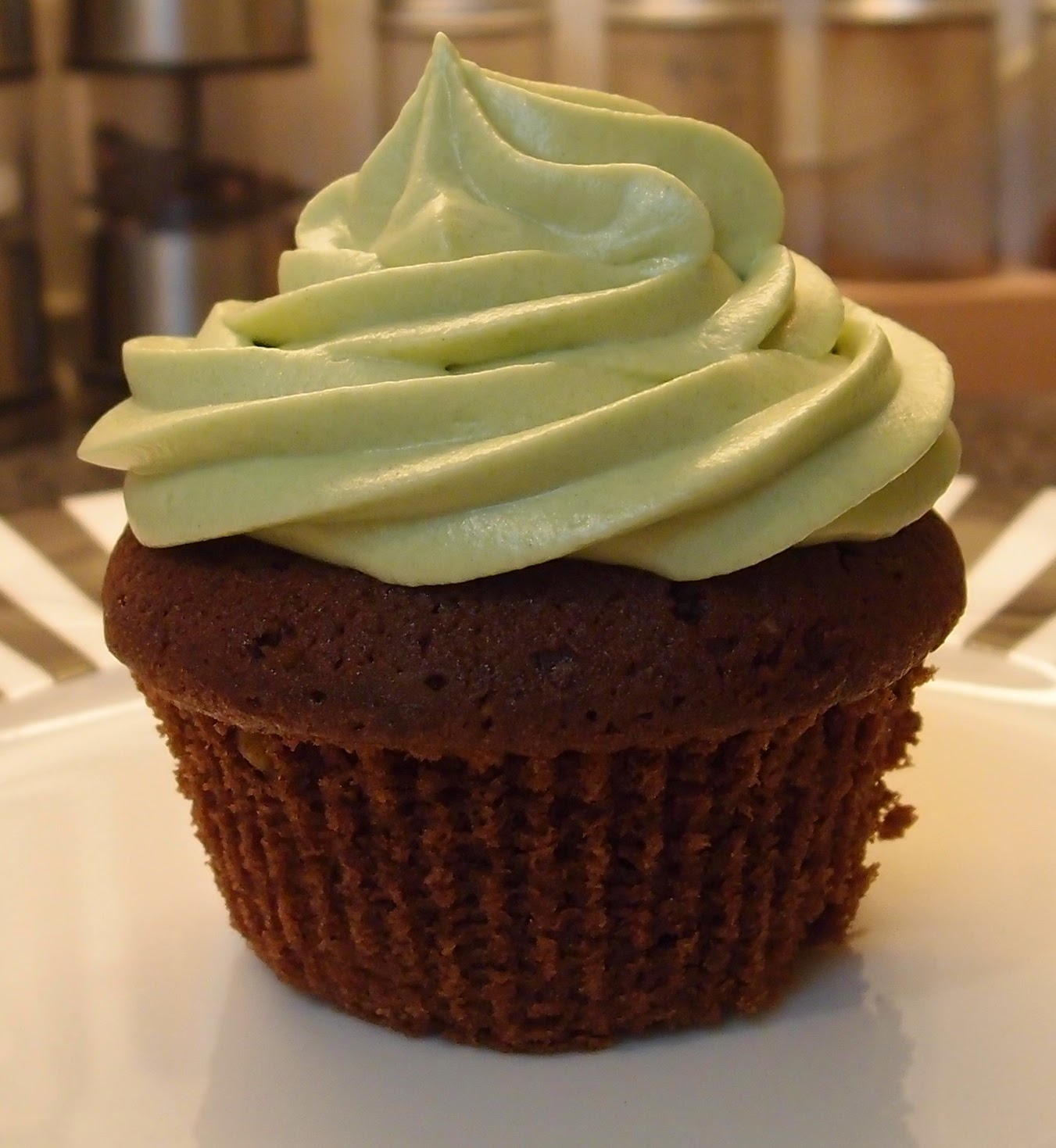I
remember watching Sesame Street when I was growing up and there would always be
a bit where the screen was split into quarters depicting four different things or
activities accompanied by a song, ‘one of these things is not like the
others’. You had to spot the odd one out. You can play that game
with the title of my cake this week: the correct answer is ‘potato’.
There are German plum dumpling recipes that use a potato based mix to enclose the plums but this is my first potato cake. With all that mashed potato in it you expect it to be heavy or densely textured. It isn’t! It’s a light sticky cake and it melts in your mouth. Enjoy it at room temperature with a cup of tea (always my preferred option) or warm with ice cream for dessert. Or get the best of both worlds by eating it at room temperature and then warming the leftovers the next day for dessert.
The ground almonds provide texture and the syrup gives a sticky, wet texture. The texture is unusual at first. After my first bite I wasn’t sure if this was the cake for me however, once I got used to the texture I really enjoyed it. I have pondered how best to describe it and struggled; I think the best way is to say that if you don’t like the following then it’s not the cake for you:
- Syrup cakes
- Baklava (the stickiness of it)
- Semolina (the texture)
Really
– I’m not trying to put anyone off but this is not a cake for everyone and I
want you to bake it knowing what you’re going to get. Satisfied customers only on my site!
Using gluten free baking powder will turn this into a gluten free bake.
Ingredients
For
the cake:
350g potatoes suitable for mashing – I used maris piper
200g unsalted butter, at room temperature
155g caster sugar
1 teaspoon vanilla extract
4 eggs
175g ground almonds
2 tablespoons (not a typo) baking powder
Zest of two oranges
350g potatoes suitable for mashing – I used maris piper
200g unsalted butter, at room temperature
155g caster sugar
1 teaspoon vanilla extract
4 eggs
175g ground almonds
2 tablespoons (not a typo) baking powder
Zest of two oranges
For the syrup:
Juice of two oranges
3 tablespoons caster sugar
Juice of two oranges
3 tablespoons caster sugar
Method
Peel
the potatoes and cut into large chunks.
Place
in a pan and cover with water.
Bring
to the boil then reduce the heat, part cover the pan, and simmer for
approximately 15 minutes or until the potatoes are soft enough to mash.
Mash
the potatoes.
Put
to one side and leave to cool.
Preheat
the oven to 180°C/fan oven 160°C/350°F/gas mark 4.
Line
a 20cm springform round tin with baking paper.
Beat
together the butter and sugar until light and fluffy. Don’t skimp on this
stage.
Beat
in the vanilla.
Beat
in the eggs, one at a time.
Stir
in the ground almonds, baking powder and orange zest.
Stir
in the cooled mash potato.
Spoon
into the prepared cake tin and level the surface.
Bake
for approximately 45 minutes or until a skewer inserted into the cake comes out
clean.
About
20 minutes before the cake is cooked, place the orange juice into a saucepan
and bring to the boil.
Let
boil until the liquid has halved.
Remove
from the hob and leave to cool.
Stir
in the sugar – wait until the orange syrup is cool or the sugar will melt.
When
the cake has been out the oven for 15 minutes de-tin it and place on a wire
rack with a piece of foil underneath.
Spoon
the orange syrup over the top (the foil underneath the rack will catch any
drips)
Leave
to cool completely before serving.
Bask
in the glory of the wonderful thing you have created.
Eat.



























